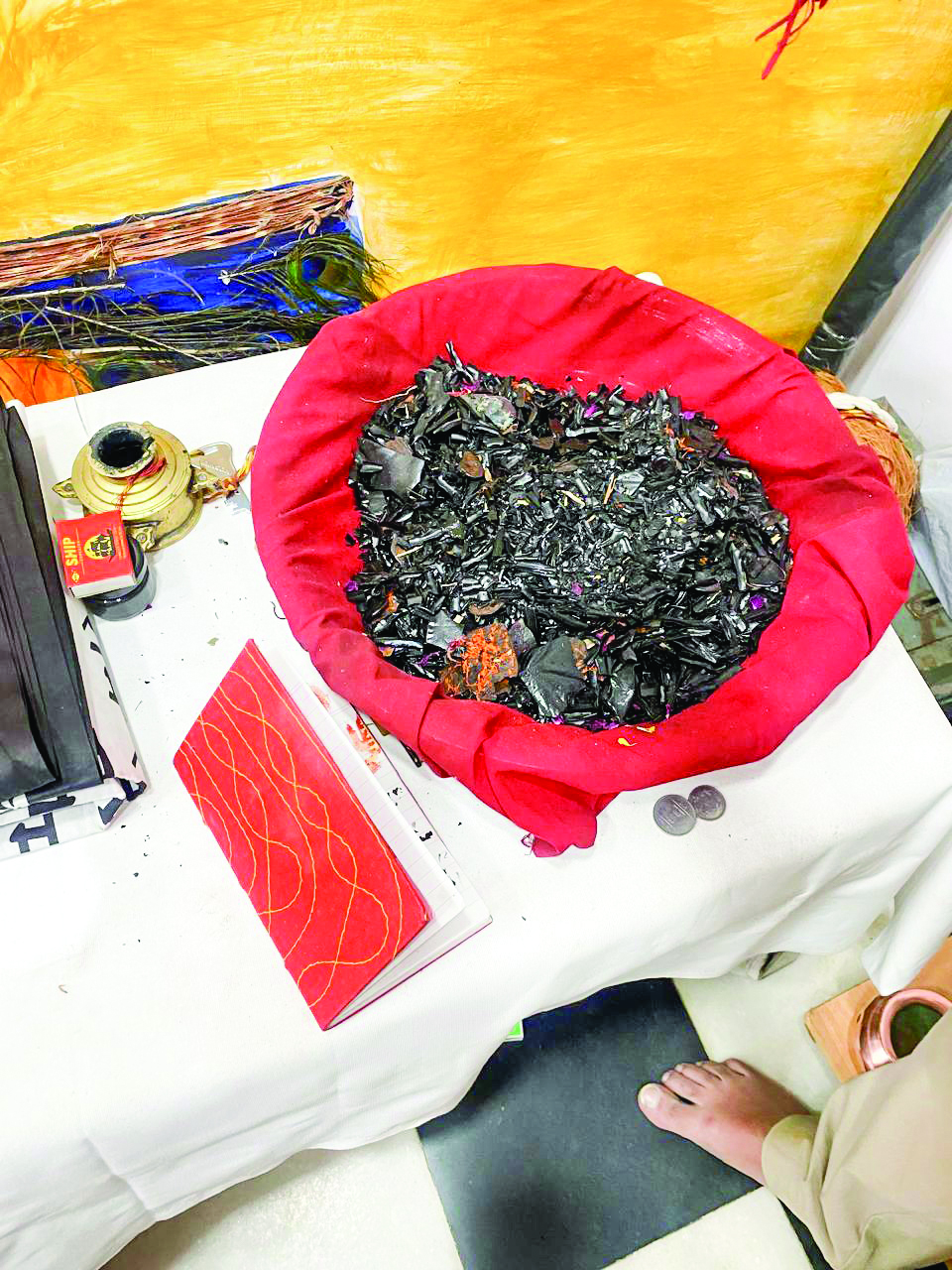


The Places of Worship (Special Provisions) Act, 1991, remains one of India’s most debated pieces of legislation. Enacted during the tenure of Prime Minister P.V. Narasimha Rao, it sought to freeze the religious character of places of worship as they existed on 15th August 1947, the day of India’s independence. This Act has been at the heart of multiple discussions in the political sphere, with varying opinions on its implications for communal harmony, historical justice, and the future of India’s religious landscape.
Third Law and Constitution Dialogue event served as a platform for various stakeholders to share their perspectives on a law that continues to divide opinions and raise questions about the balance between historical justice and social peace. Among the key speakers were political leader Mukhtar Abbas Naqvi, Mr. Salman Khurshid, Justice Iqbal Ansari and Ashwini Kumar Upadhyay whose diverse viewpoints provided a comprehensive understanding of the nuances surrounding the law. Each speaker brought a unique angle, drawing upon their political ideologies, legal backgrounds, and vision for India’s future.
At its core, the Places of Worship Act was designed to prevent disputes over religious sites and promote national integration. The Act prohibited the alteration of the religious character of any place of worship as it stood on 15th August 1947, with a notable exception—the Ayodhya Ram Janmabhoomi-Babri Masjid dispute, which had already been a matter of intense litigation at the time. The law effectively sought to preserve peace by freezing the status quo, preventing new claims on religious sites and discouraging attempts to alter their character based on historical conflicts.
Naqvi, a prominent political leader, strongly defended the Act. His position is based on the belief that modern India must not allow the crimes of past foreign invaders—particularly those who destroyed religious sites during the Mughal Empire—to overshadow the spirit of inclusivity and peace in the present day. Naqvi contended that the present generation should not be held responsible for historical wrongs, and instead, it should focus on building a harmonious society free from the poison of communalism.
Khurshid offered another perspective, one that emphasized the importance of closing the door on past religious disputes. He argued that reopening historical disputes would not only stoke communal tensions but would also lead to a never-ending cycle of “who did what to whom.” For him, the most important task was to ensure that India’s diverse communities could live together peacefully without being dragged into the controversies of the past. He recognized the need for some level of redressal but was firm in his belief that the solution lay in national reconciliation and the preservation of peace. “India consensually drew the line in 1947. To reopen these disputes is to risk raising the entire history of who did what to whom, undermining our commitment to live together.”
Legal experts such as Justice Iqbal Ansari supported the Act’s alignment with India’s constitution, particularly the principles of secularism and equality. In his view, the purpose of the law was not to limit the freedoms of individuals but to ensure that these freedoms did not lead to the breakdown of social harmony. He cautioned against the temptation to reexamine historical grievances, urging that such actions could reintroduce divisive forces in Indian society. “The constitution is our guiding light. The purpose of this Act is to ensure peaceful coexistence, and this must be respected above all.”
The debates surrounding the Places of Worship Act are not just about historical grievances or legal frameworks—they speak to the larger challenges of nation-building in a pluralistic society. India is a country with a deeply intertwined religious and cultural history, where historical injustices have shaped the social fabric. However, India is also a nation that prides itself on secularism, diversity, and coexistence.















